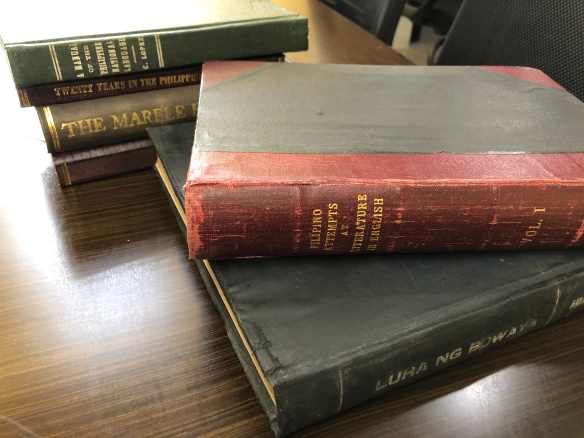![]()
Penman for Monday, September 24, 2018
Let me dwell this week on the idea of academic freedom, which has been in focus again recently in the light of controversies involving conflicting ideologies on campus. It’s important because universities are the natural home of ideas, and therefore for clashes of ideas, which then take various forms of political and cultural expression.
Modern (and especially secular) universities stand on the bedrock of academic freedom, which at its simplest means one’s freedom to choose what to study and what to teach, and giving value to knowledge—not power, not money, not superstition—as our best guide to the way forward. That knowledge can be gained through research and reason, through experimentation, debate, and creative intuition. Hopefully that knowledge will yield better options for a thinking citizen.
That’s the basic concept, and while it sounds like something no one should quarrel with, the fact is that academic freedom has been under constant threat and attack over the past century, precisely because knowledge and its free expression can be dangerous to those in power. The challenges understandably often come from the Right, but even the Left—preternaturally imbued with a sense of moral righteousness—has not hesitated to throttle academic freedom when it feels justified, such as when neo-Nazis appear on campus in the US and Europe.
Two specific cases come to mind to illustrate both sides of this argument. The first (drawn from an unpublished history of UP) shows State power brazenly applied to stifle freedom of expression at the University of the Philippines.
In the early 1930s, law student and Collegian editor Arturo Tolentino got into a fight with Law Dean Jorge Bocobo over whether he could write about the Hare-Hawes-Cutting Law, which then-Senate President Manuel Quezon and Bocobo himself opposed. When the Collegian published a news item seeming to support the bill, Bocobo backed the Collegian adviser’s decision to stop printing the Collegian and to burn the 900 copies already printed, on the grounds that the Collegian was not supposed to publish political material. Tolentino appealed to President Palma, who upheld Tolentino on the basis of free speech. But Bocobo appealed to the Board of Regents, which was filled with Quezon allies, and they overturned Palma.
Dean Bocobo reprimanded Tolentino and threatened him with suspension and even expulsion if he kept violating the BOR ruling. But it was Quezon who was most infuriated by the whole affair, and his ire was unmistakably vented on Palma.
Only days after Palma upheld the Collegian’s right to discuss the HHC, the legislature came down hard on the university and imposed a new system of appropriation requiring an itemized budget. Quezon commended the Lower House for probing the finances of UP, stressing that the move was “a distinct service” to the university. Things got worse between Palma and Quezon, and when Palma finally resigned in fatigue after ten years of service, the BOR denied him a gratuity on some technicality, and denied him an honorarium as well. (When Palma died in 1939, however, Quezon stopped everything to be able to attend his funeral, at which he offered generous words of praise for his former adversary.)
The second case involves an aborted debate at Yale University in April 1974, which featured Dr. William Shockley, a Nobel prizewinner for Physics, who had openly proposed that blacks were racially inferior, and that intelligence could be measured by the percentage of one’s Caucasian blood. So repugnant was the notion to many Yale professors and students that they effectively stopped Shockley from speaking, in a fracas that resulted in some suspensions. (And here I have to thank Fareed Zakaria for bringing this to my attention in a recent CNN program.)
A committee was later set up to investigate and assess the incident, and the report of that committee is instructive in what it concluded: “The primary function of a university is to discover and disseminate knowledge by means of research and teaching. To fulfill this function a free interchange of ideas is necessary not only within its walls but with the world beyond as well. It follows that the university must do everything possible to ensure within it the fullest degree of intellectual freedom. The history of intellectual growth and discovery clearly demonstrates the need for unfettered freedom, the right to think the unthinkable, discuss the unmentionable, and challenge the unchallengeable. To curtail free expression strikes twice at intellectual freedom, for whoever deprives another of the right to state unpopular views necessarily also deprives others of the right to listen to those views.”
The committee quoted Justice Oliver Wendell Holmes, Jr., who wrote in U.S. v. Schwimmer,1928, that “If there is any principle of the Constitution that more imperatively calls for attachment than any other it is the principle of free thought—not free thought for those who agree with us but freedom for the thought that we hate.”
That’s a sobering reminder for anyone who professes to uphold academic freedom and human rights: knowledge moves forward not by silencing the other side, but by presenting superior arguments—not always the easiest thing to do, especially without screaming your head off.




